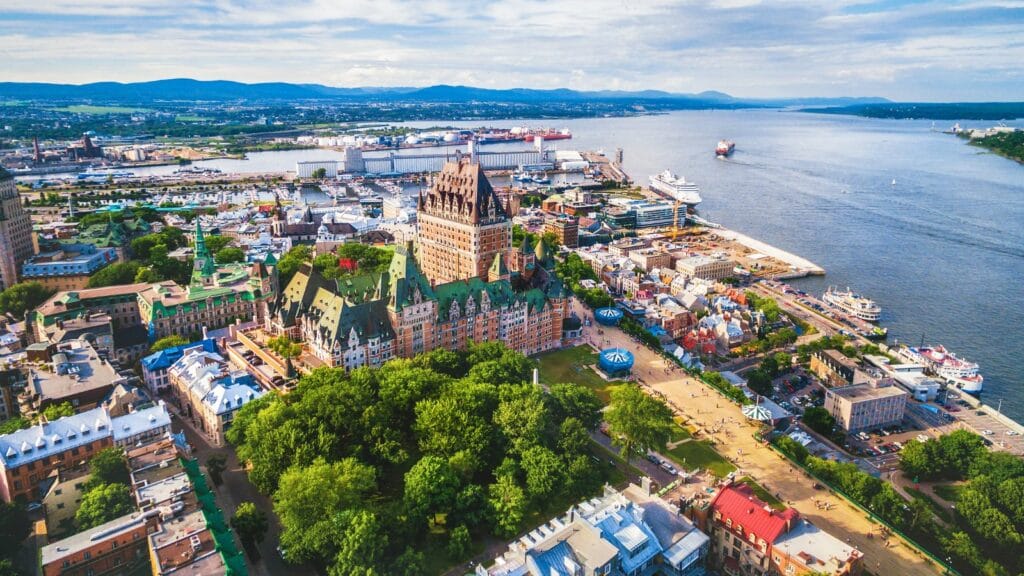Trade tensions and potential automotive tariffs present varying economic impacts across Canadian regions. The automotive sector’s geographic concentration means certain provinces and metropolitan areas face disproportionate effects from trade policy changes. Here are 25 regions in Canada most affected by auto tariffs.
Ontario

Home to the automotive heartland of Canada, Ontario is the Detroit of the North. Over 100,000 people work in the automotive sector here, particularly in cities like Windsor, Oshawa, and Oakville. General Motors, Ford, Stellantis, and Toyota all have significant operations here. Tariffs could slam the brakes on investment, send jobs skidding, and make that new Ford F-150 cost more than your mortgage.
Windsor-Essex (Ontario)

If Windsor sneezes, Detroit catches a cold. This border town is glued to the U.S. auto industry. As the nation’s automotive hub, Windsor hosts major facilities like Stellantis’ Windsor Assembly Plant and Ford’s Essex Engine Plant, employing thousands and forming the backbone of the local economy. The 25% U.S. tariff imposition on Canadian vehicles and parts has disrupted this deeply integrated cross-border supply chain, leading to significant economic repercussions, making parts exports uncompetitive, and leaving workers wringing their hands instead of engines.
Oshawa (Ontario)
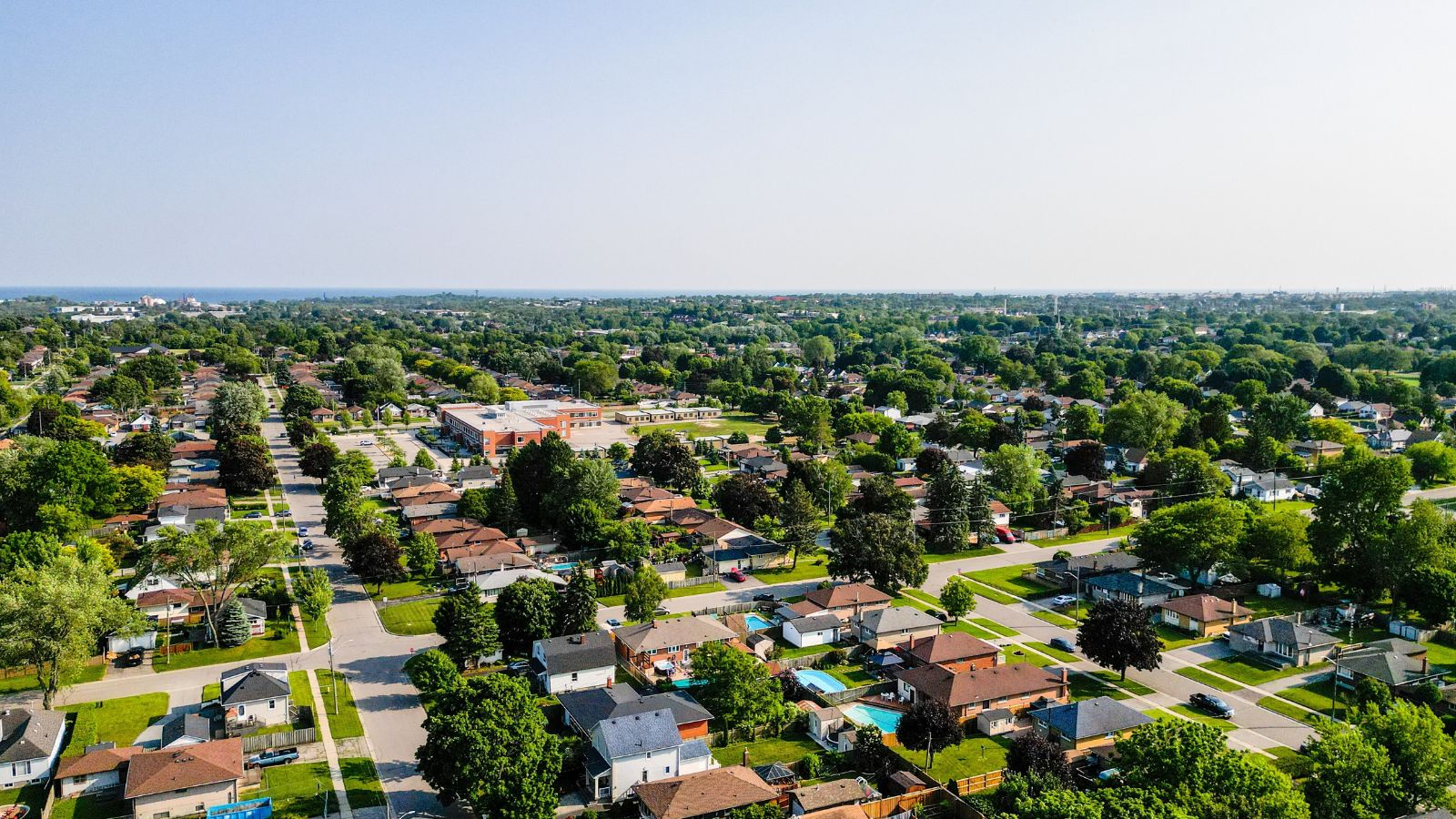
Once written off as an automotive ghost town, Oshawa’s GM plant was returning. But as the gears started turning again, tariffs threatened to jam up the works. Oshawa’s economy is deeply integrated with the U.S., with its manufacturing, automotive, clean energy, and service sectors relying heavily on cross-border trade. The tariffs have disrupted this integration, threatening job security and increasing costs for local businesses. Unifor, the union representing GM workers, criticized the shift reduction as “reckless,” emphasizing the broader implications for the auto parts supplier network.
Quebec

Quebec is among the Canadian provinces most affected by the recent U.S. auto tariffs. While Ontario, as Canada’s primary auto manufacturing hub, faces the most considerable direct impact, Quebec’s significant role in aluminum production, particularly in the Saguenay–Lac-Saint-Jean region, which accounts for about one-third of Canada’s aluminum output, makes it highly vulnerable. Approximately 85% of this aluminum is exported to the U.S., mainly serving the auto sector. Also, ports like Montreal are crucial for vehicle imports.
Montreal (Quebec)
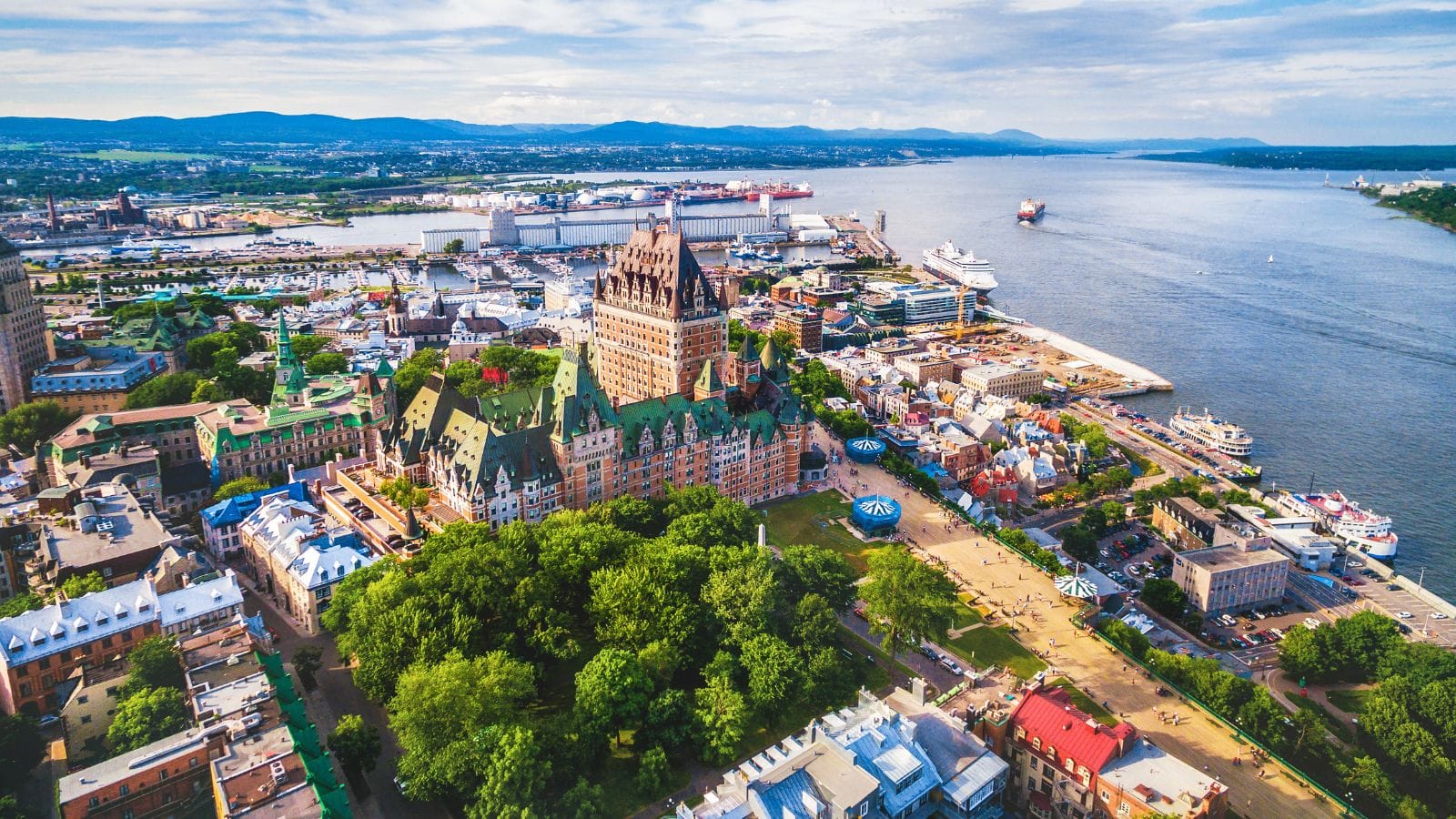
Montreal handles a considerable portion of Canada’s imported vehicles. The Conference Board of Canada estimates Quebec’s GDP could decline by 1.2% in Q2 2025 due to the tariffs, significantly affecting the aerospace, primary metal, and truck manufacturing industries. Residents of Montreal express concerns over rising car prices and potential job losses. In response, the Quebec government has prioritized financial aid to affected businesses over retaliatory measures, aiming to support industries and workers during this economic strain.
British Columbia

The West Coast may be better known for kombucha and kayaks, but B.C. imports many vehicles through Port Vancouver. Nevertheless, B.C. faces challenges. The provincial government estimates a cumulative loss of $69 billion in economic activity between 2025 and 2028 if tariffs persist, with potential job losses reaching 124,000, particularly in natural resources, manufacturing, transportation, and retail sectors. Premier David Eby has implemented measures to mitigate these impacts, including promoting Canadian products and establishing a task force to address economic security.
Vancouver (B.C.)

Vancouver, British Columbia (B.C.), is not the Canadian province most affected by recent auto tariffs. While B.C.’s $17 billion auto industry faces challenges, its diversified trade relationships, particularly with Asia, have mitigated the impact. Only about 51% of B.C.’s exports go to the U.S., compared to higher percentages in provinces like Ontario and Alberta. But, with more luxury vehicles per capita than almost anywhere in Canada, Vancouver will lose its auto crown.
Alberta

Albertans love their trucks. F-Series, Ram, Silverado: They’re Alberta’s holy trinity. Since most of these bad boys are built in the U.S., tariffs will hike prices. Additionally, the tariffs challenge Alberta’s cattle industry, which relies on cross-border processing. The Conference Board of Canada projects that Alberta’s GDP could decline by 1.4% in the second quarter of 2025 due to these trade measures. Cities like Calgary are particularly exposed, with over 60% of their GDP tied to U.S. exports. The cumulative effect underscores Alberta’s significant exposure to U.S. trade policies.
Calgary (Alberta)

Calgary, Alberta, is also among the Canadian cities most affected by U.S. auto tariffs. According to Oxford Economics, over 60% of Calgary’s GDP is tied to exports destined for the U.S., with energy products constituting a significant portion. In 2023, Calgary had the highest U.S. export value among Canadian metros, estimated at C$114 billion. Besides, Calgary has one of the country’s highest pickup truck ownership rates. Tariffs here could pinch pockets, slow sales, and have dealership lots fuller than a Stampede beer tent.
Edmonton (Alberta)

While Calgary buys, Edmonton fixes. This city has a massive aftermarket scene. As a province, Alberta faces significant economic risks due to its heavy reliance on U.S. trade, with over 90% of its exports destined for the U.S. If proposed U.S. tariffs are enforced, the province projects a C$5.2 billion budget deficit for the 2025/26 fiscal year, a stark contrast to the anticipated surplus of C$5.8 billion for the current fiscal year. Tariffs on imported parts could hit garages and mom-and-pop shops.
Manitoba

Manitoba doesn’t top the charts in the heart of the Prairies, but it’s got its skin in the game. Approximately 70% of Manitoba’s exports go to the U.S., with key sectors like agriculture, manufacturing, and transportation equipment heavily reliant on cross-border trade. The 25% tariffs on Canadian-made vehicles and parts have significantly impacted Manitoba’s manufacturing sector, which includes 1,400 companies employing 70,000 people and generating $26 billion in annual sales. And, with thousands of Manitobans working in distribution and logistics, any tariff disruption could cause economic indigestion.
Winnipeg (Manitoba)

Winnipeg punches above its weight in warehousing and logistics. However, the trucking industry, vital to Manitoba’s economy, is under strain. The Canadian Trucking Alliance reported that widespread tariffs on freight to U.S. suppliers and consumers would have shocking effects on carriers, leading to job losses and potential permanent fleet closures. These developments underscore the profound impact of auto tariffs on Manitoba, particularly in Winnipeg, highlighting the need for strategic responses to safeguard the province’s economic stability.
Saskatchewan

Saskatchewan needs tough trucks for more demanding jobs. The Saskatoon Region, accounting for over a quarter of the province’s exports, faces potential losses between $71.5 million and $611.2 million, particularly in agriculture, energy, and mining. The trucking industry, responsible for transporting 80% of goods, is grappling with increased costs and regulatory challenges, threatening its stability. Additionally, new vehicle prices are expected to rise almost instantly, impacting consumers across the province. And, while it doesn’t assemble vehicles, it sure buys them.
Regina (Saskatchewan)

While not the epicenter of Canada’s auto industry (that honor goes to Ontario), Regina isn’t exactly cruising through this trade turbulence unscathed. Thanks to President Trump’s 25% auto import tariffs, Saskatchewan’s new vehicle prices are accelerating faster than a moose on espresso. Larry Heggs from the Saskatchewan Automobile Dealers Association warns of immediate price hikes, potentially increasing used car prices due to dwindling new inventory.
Atlantic Canada

Nova Scotia, New Brunswick, P.E.I., Newfoundland, and Labrador rely almost entirely on imported vehicles. New Brunswick, for instance, also faces potential job losses between 4,000 and 6,000 due to its heavy reliance on U.S. exports in forestry, fisheries, and manufacturing. Tariffs would mean fewer deals, more debt, and more used cars sold with a wink and a handshake. So, while you’re not the Titanic of tariff troubles, Atlantic Canada, you’re certainly navigating choppy economic seas. Keep those life vests handy!
Halifax (Nova Scotia)

As the Atlantic gateway, Halifax processes a fair chunk of vehicle imports. Nova Scotia’s economy is 81% services, with international goods exports making up 11% of its GDP, the smallest share among provinces. However, the province’s tire industry, notably Michelin’s three plants employing 3,600 folks, exports nearly all its rubbery wares to the U.S., making it a prime target for the 25% auto tariffs. Halifax isn’t the epicenter of tariff tremors. It’s certainly feeling the aftershocks.
St. John’s (Newfoundland)

While it’s not an auto hub, Newfoundlanders buy more trucks per capita than other regions. Premier Andrew Furey warns that up to 20,000 jobs could be at risk if the U.S. puts a 25% tariff on Canadian exports, sparing only oil and gas. The province’s seafood industry, especially crab exports worth about $761 million in 2022, is particularly vulnerable. In response, Newfoundland and Labrador have launched a “Buy Local” campaign, urging residents to support homegrown products. They’ve also signed a memorandum with New Brunswick to improve trade and labor mobility, aiming to bolster the regional economy against external shocks.
Fredericton (New Brunswick)

While New Brunswick’s economy is more service-oriented, with a significant portion tied to the U.S., the province isn’t immune to the ripple effects of auto tariffs. Premier Susan Holt has expressed concerns that these tariffs could impact local businesses supplying goods and services to Ontario’s auto sector. It’s safe to say that local dealers may see foot traffic dry up faster than a Maritime beach in November if tariffs spike prices across the board.
Prince Edward Island
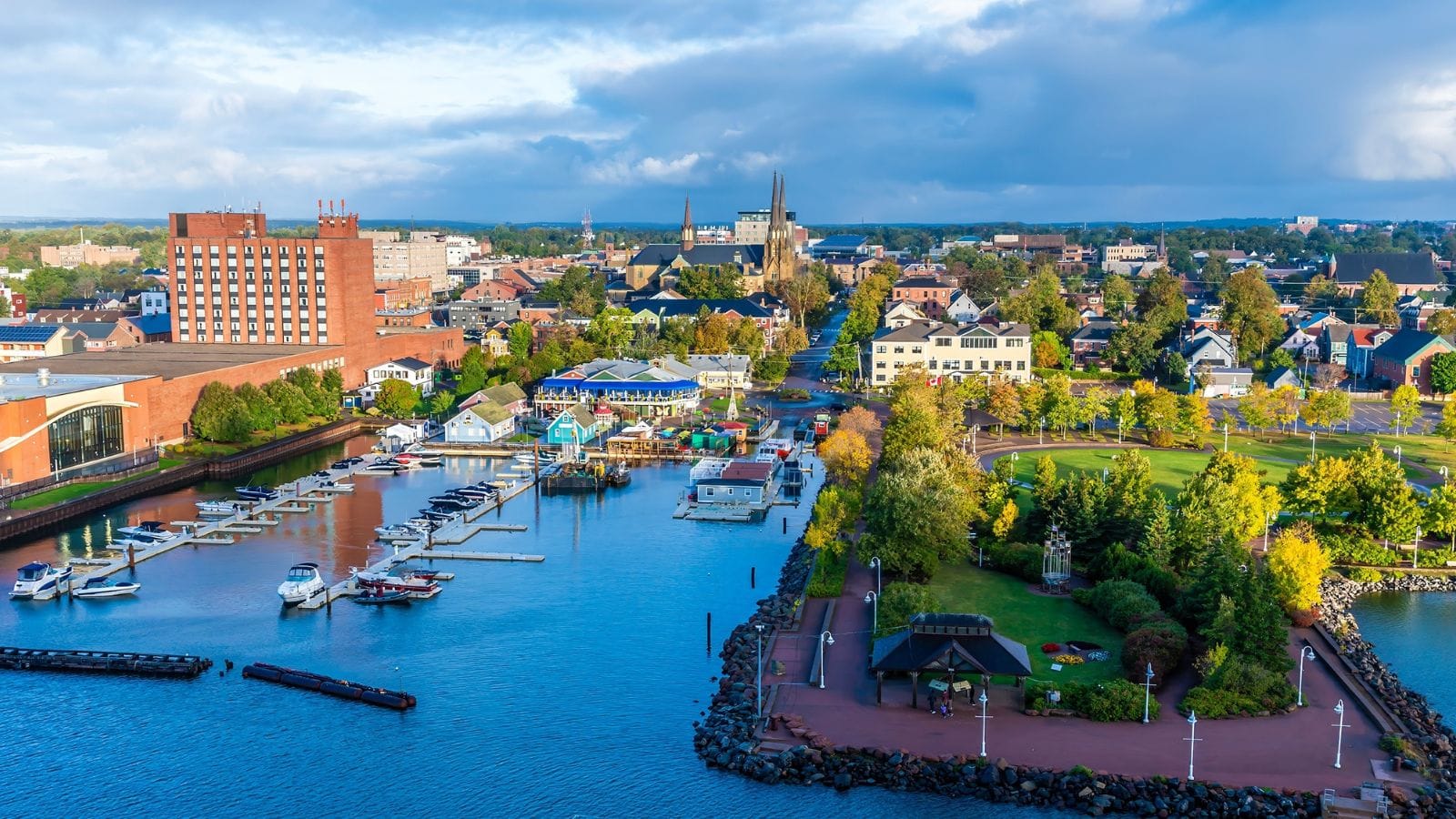
Prince Edward Island (PEI), Canada’s charming spud-slinging province, has found itself in a pickle, thanks to the U.S. auto tariffs. While PEI isn’t exactly Detroit North, these tariffs have thrown a wrench into its economy, affecting industries beyond automobiles. PEI’s economy, heavily reliant on exports, especially potatoes (with about 50% heading to the U.S.), has taken a hit. The province has responded with a Tariff Response Plan, including removing U.S. products from liquor shelves and offering financial relief to affected businesses. A 10% markup could be the difference between a sale and a sigh.
Northern Ontario

Northern communities rely on trucks and parts shipments that travel long distances. Ontario’s auto sector, responsible for nearly 100,000 direct jobs and $36 billion in exports, is feeling the heat. Premier Doug Ford warns that assembly lines could halt within ten days due to the back-and-forth of parts across the border, and each trip is now taxed. Even Thunder Bay, more known for its hockey than Hondas, isn’t immune; its steel and parts suppliers are bracing for impact. So, is Northern Ontario one of the regions affected by auto tariffs? Absolutely.
Northern Quebec

Quebec produces about 90% of Canada’s aluminum, which hails from the Saguenay–Lac-Saint-Jean region. This aluminum is a critical ingredient in car manufacturing, and with the U.S. slapping a 25% tariff on Canadian steel and aluminum, Quebec’s metal maestros are feeling the pinch. Local businesses, like Tube Caron in Quebec, which produces stainless steel and aluminum tubes for vehicle systems, are bracing for impact. Their products often cross the border, and with tariffs in place, the future looks uncertain.
Yukon
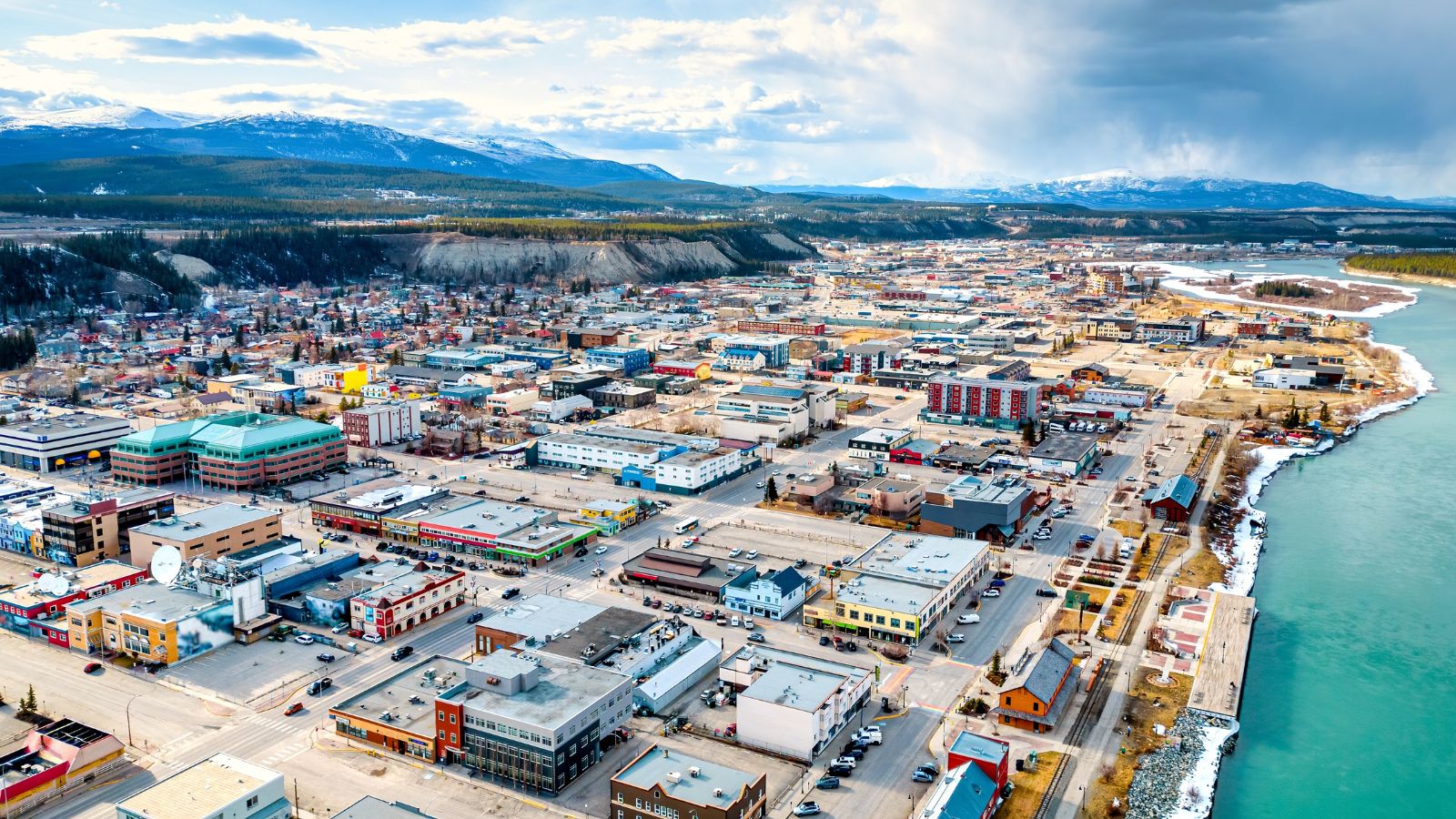
Yukon! The land of majestic moose, endless wilderness, and… auto tariffs? While Ontario might be Canada’s auto heartland, Yukon is feeling the pinch too. With over 85% of its U.S. trade routed through Alaska, Yukon’s economy is tightly interwoven with its southern neighbor. The recent 25% U.S. tariffs on Canadian automobiles and parts have sent ripples through this northern territory. Plus, Yukoners drive a lot due to sparse transit and long distances. Imported cars and parts are essential. Tariffs will hit this northern economy like a winter storm.
Northwest Territories
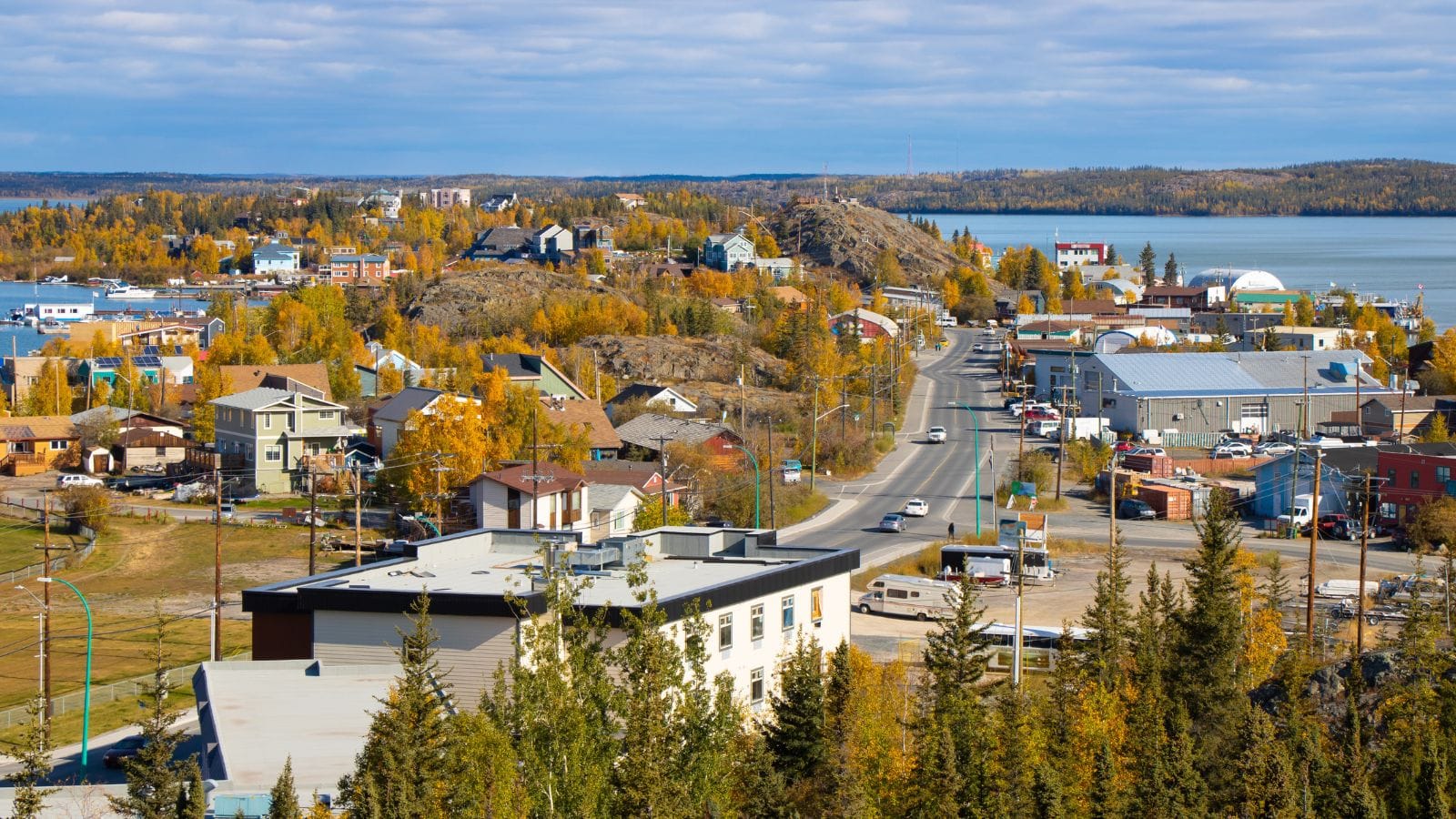
Where distances are epic, and winters are cruel, trucks are essential. Tariffs here mean essential vehicles become luxury-priced. Local auto dealers, like those at Aurora Ford Yellowknife, are bracing for potential price hikes on vehicles and parts, acknowledging that while the NWT’s direct trade with the U.S. is limited, the interconnectedness of supply chains means the territory isn’t immune. In response, though, the NWT government has taken measures such as halting the procurement of American goods by the Liquor and Cannabis Commission and reviewing contracts with U.S. companies, including considering ending agreements with services like Starlink.
Nunavut

With almost everything flown in, Nunavut already pays sky-high prices. Premier P.J. Akeeagok, ever the vigilant Arctic sentinel, warned that these tariffs could hike the cost of living for Nunavummiut, already grappling with sky-high prices due to their reliance on southern imports. Though Nunavut doesn’t export to the U.S., the retaliatory tariffs Canada imposed on American goods, like machinery, parts, and food, are set to raise prices across the board. Mining giants like Agnico Eagle and Baffinland, crucial to Nunavut’s economy, are feeling the pinch.
Southern Ontario’s Golden Horseshoe
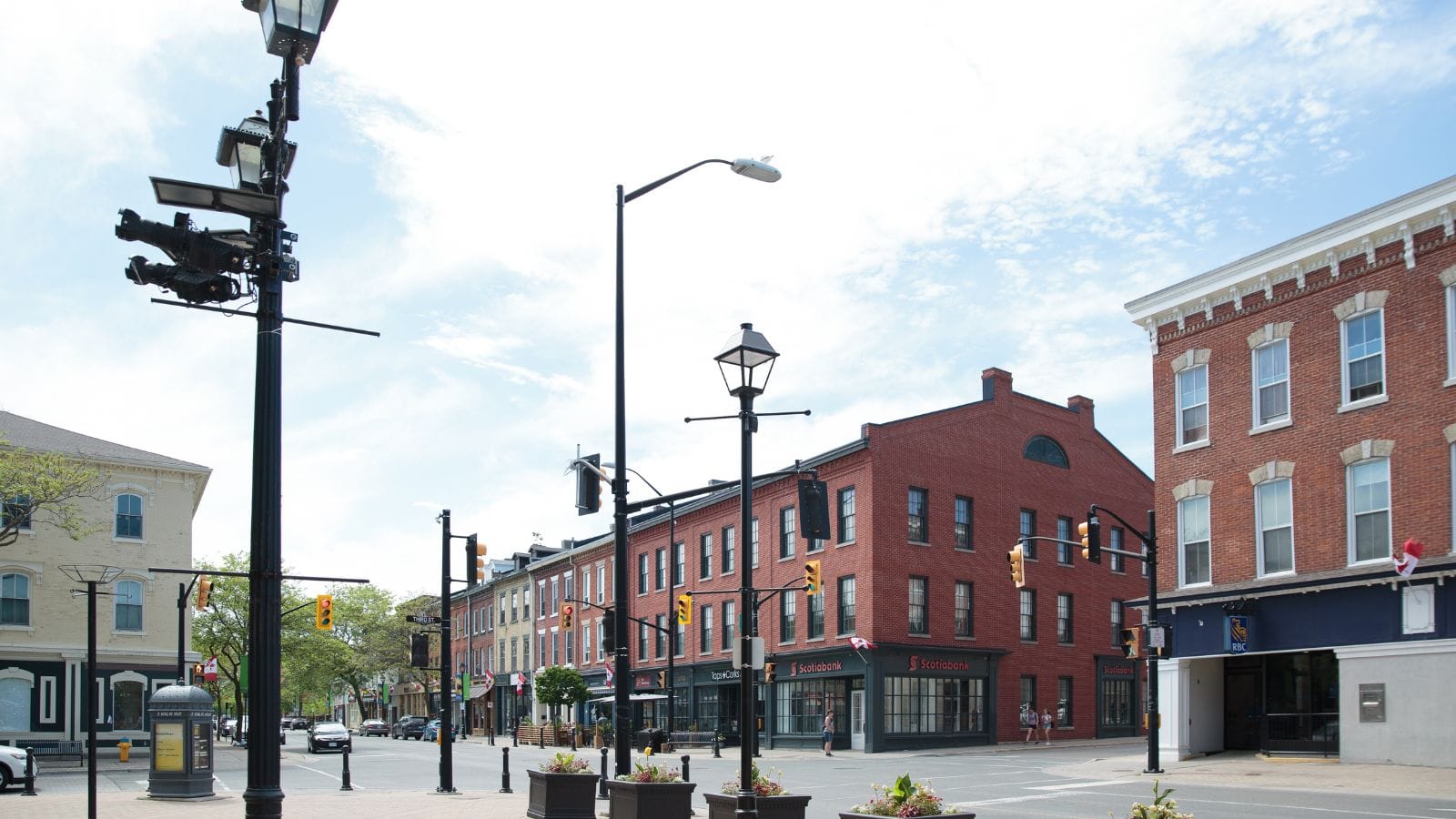
The Golden Horseshoe is Ontario’s glittering automotive crown jewel. It isn’t just a nickname; it’s a region stretching from Niagara Falls to Toronto, including cities like Hamilton and Oshawa. It’s home to over 700 parts suppliers and 500 toolmakers. However, Ontario Premier Doug Ford calls this “Termination Day,” warning that the tariffs could shut down the industry within 10 days.
22 Times Canadian Ingenuity Left the U.S. in the Dust

When people think of innovation, they often picture Silicon Valley. However, Canada has a history of innovation, too. Whether it’s redefining sports, revolutionizing medicine, or just showing America up at its own game, Canadian inventors, thinkers, and dreamers have had their fair share of mic-drop moments. Here are 22 times Canadian ingenuity left the U.S. in the dust.
22 Times Canadian Ingenuity Left the U.S. in the Dust
